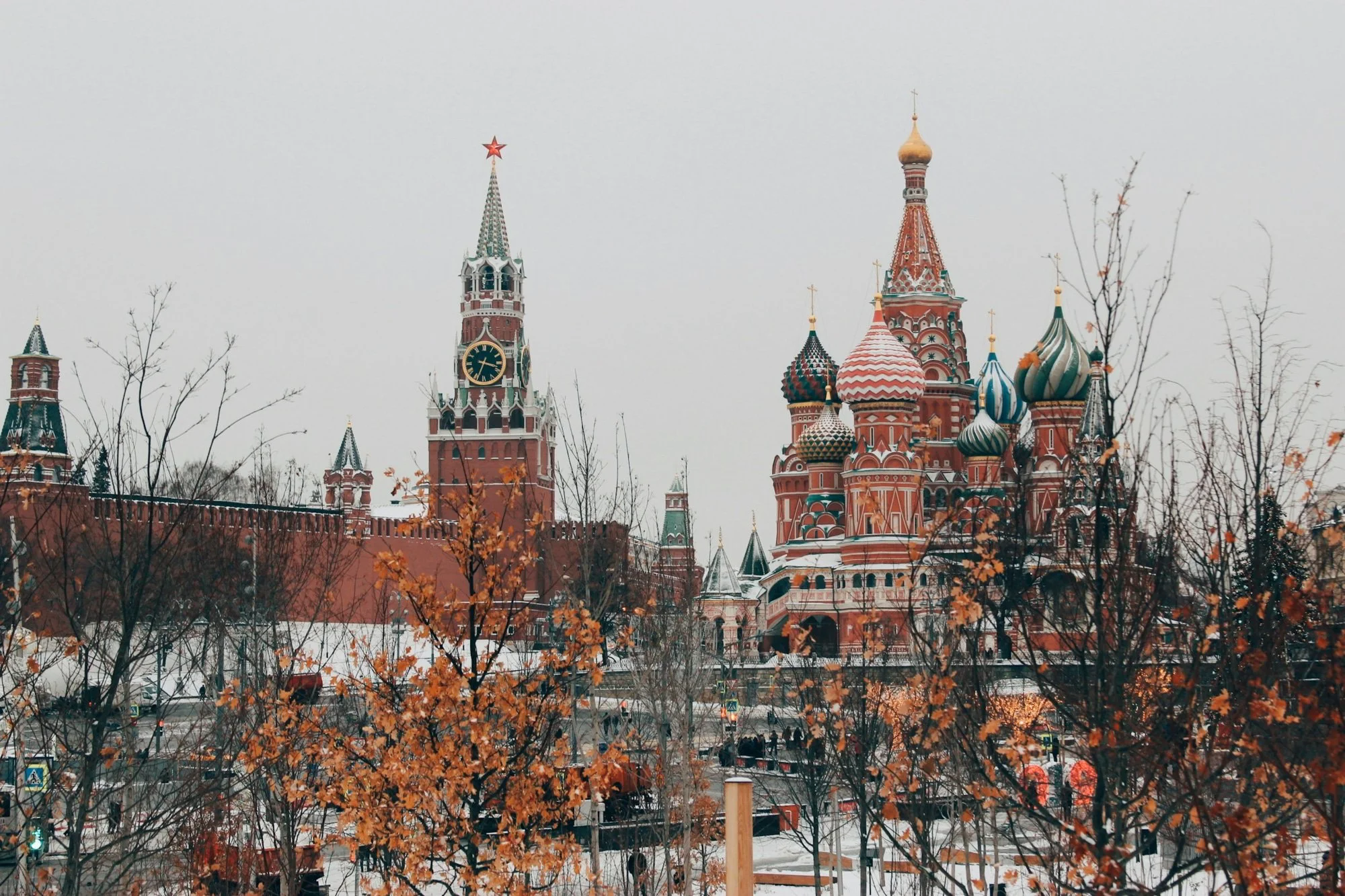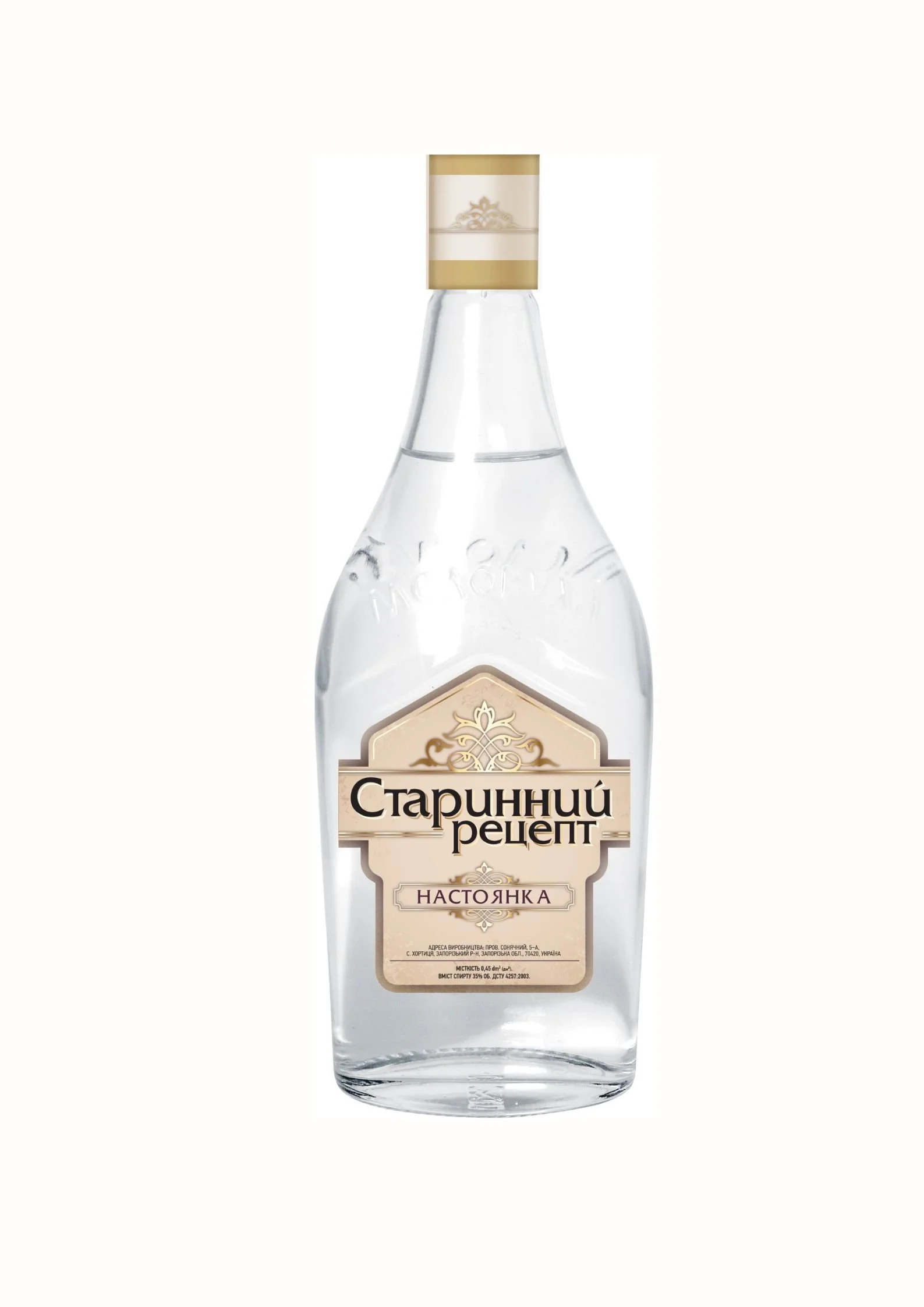What Do Russians Really Drink?
Late last year, the Moscow Times reported that alcohol sales in Russia had reached a record high. But what exactly are the typical drinking habits for the residents of Europe’s largest country? And how do these trends differ from our most common perceptions of which beverages they most enjoy? Let’s take a look at what Russians really drink.
Kvass
Kvass photo credit depositphotos
“The most deeply Russian beverages, made for centuries before vodka was introduced around the fifteenth century, are lightly fermented,” says Darra Goldstein, author of A Taste of Russia. “The most beloved is kvass, made either from sourdough rye or fruits such as berries and pears.” She adds that Russians also lightly ferment the fresh sap that flows from birch trees in spring into a seasonal drink called beriozovitsa. Typically, kvass is very low alcohol, around 1% or 1.5% ABV. Nowadays, kvass is also produced by major beer and soft drink manufacturers, but traditionally this was a drink that Russians would make themselves at home, as a refreshing summer beverage. Goldstein offers a recipe for raspberry kvass, which is ready to drink in just 24 hours.
Vodka
Relsky Russian vodka
Since Russia is famous the world over for its vodka, no discussion of Russian drinks would be complete without talking about it. Smirnoff, the world’s best-selling vodka brand and perhaps the most famous, hails from Russia and is now owned by Diageo. Vodka is undeniably entwined with Russian culture, and pouring out a vodka along with some black bread is a funeral ritual. Vodka gained popularity in the region due to being easy and cheap to make, thanks to the country’s abundant grain. It’s consumed neat, in small shot glasses, and might be served alongside some salty snacks.
Beer
Baltika Russian beer photo credit deopositphotos
The country’s consumption of beer has increased over recent decades, and leading exporter of Russian beer, Baltika Breweries, dates back to 1990. “Though dark beer was largely lost during Soviet times (when vodka and lager were easier to make with limited ingredients), the craft beer revolution reached Russia in the early 2000s and brewers began to revive those old dark beers,” writes Megan Eaves, for Lonely Planet. As a result, there’s plenty of craft beer bars in which to sample beers from smaller producers, particularly in the major cities of St Petersburg and Moscow.
Medovukha
Medovukha
Made from honey, water, and yeast, medovukha is similar to mead. It was traditionally part of rituals and festivities. The ABV can vary, from a lower alcohol content similar to kvass to an ABV closer to wine. Suzdal, a town northeast of Moscow, is particularly famous for its production of this traditional beverage.
Sparkling wine
Russian sparkling wine
Russia isn’t typically known for its wine consumption, but that could be set to change. Last year, production volume rose, with sparkling wines seeing an increase of nearly 29% in the first six months of the year, driven by consumer popularity and expanded capacity. In the coming years, it’s likely we’ll see the country’s domestic wine industry expand.
Tea
Russian tea
It might surprise you to learn that tea, not vodka, is considered by many to be Russia’s national drink. Conventionally transported from China in large caravans, it was introduced to the country in the 1600s. Strong black tea is often preferred, consumed with sugar or along with dessert. It’s the perfect winter warmer in the chilly climate, enjoying broad appeal at all times of day. For visitors who want to dip into Russia’s tea culture, there’s plenty of places to experience this national tradition. In Moscow, for example, the opulent Perlov Tea House dates to the late 19th century.







